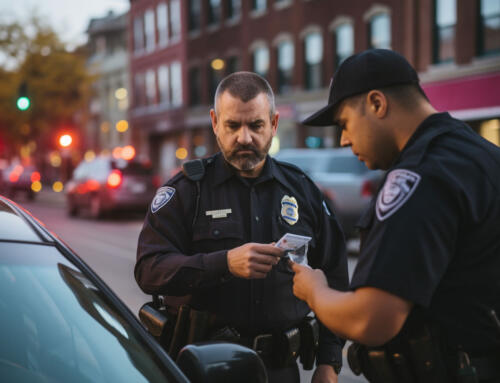If you’re pulled over and investigated for DUI, you may find yourself soon wondering: “Why is the officer waving this pen in front of my face? Why is this taking so long? Aren’t I doing good for not moving my head?”
The Horizontal Gaze Nystagmus test (“HGN”) is a field sobriety evaluation which has been the subject of many scientific studies.
Georgia courts have given their stamp of approval to this test as an accurate tool in determining a subject’s level of impairment and, further, whether they are a less safe driver. The National Highway and Traffic Administration (“NHTSA”) sets forth specific training guidelines for officers on how to administer HGN – guidelines which must be substantially adhered to, at the threat of the test being thrown out of evidence in the State’s case-in-chief.
When the officer waves that pen in front of your face – it can be any stimulus, even his or her finger – they are looking for nystagmus, or an involuntary jerking of the eyeball as it tracks horizontally or vertically. This jerking can be brought on by a litany of factors, one of which is alcohol consumption. The more intoxicated you are, the more pronounced the nystagmus will be. You cannot control whether your eyeballs jerk. This is an involuntary, mechanic reaction that you are not conscious of.
In order for this test to be admissible, the arresting officer must meet several requirements, one of which is to medically qualify you as a candidate for the test. People with neurological disorders, “lazy eye,” or have had a recent concussion or other head trauma are not good candidates for the test, as these are other causes of nystagmus. Further, there are specific space and time requirements for the officer’s stimulus. If he or she is too close to your head, too high above eye level, or if the stimulus moves too fast across your line of vision, the results may be compromised.
Prosecutors often rely heavily on this piece of evidence at trial, especially in refusal cases. Make sure you hire a defense attorney who will examine the officer’s administration of HGN under a microscope.







